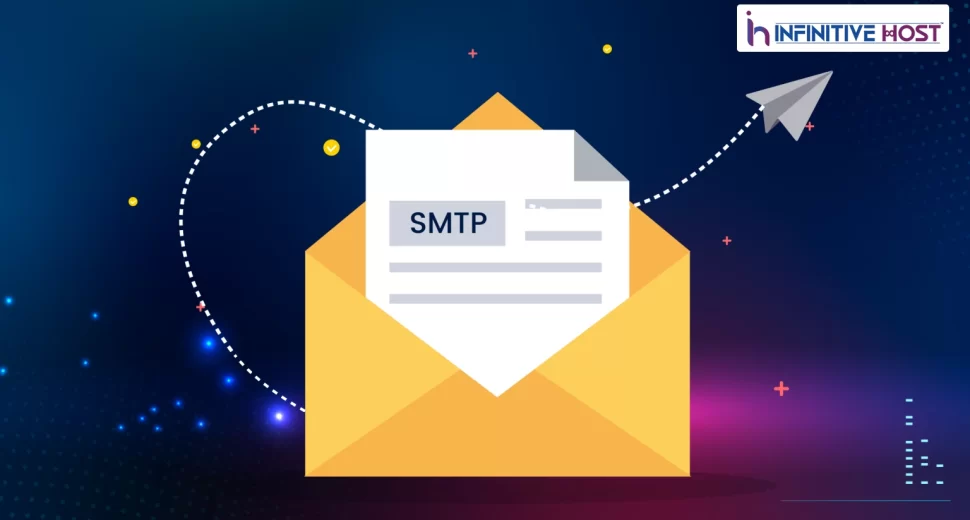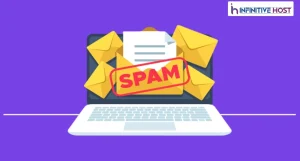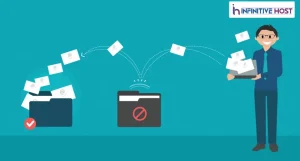SMTP email delivery, which means sending an email through a Simple Mail Transfer Protocol, is the standard way to get an email into a mail server. But there are other things involved in sending emails that an SMTP relay server doesn’t always provide.
Several E-mail Protocols
The Simple Mail Transfer Protocol (SMTP) transmits emails between computers and mail servers.
POP3 — allows the user to check their email using a local client (like Microsoft Outlook or Thunderbird);
IMAP – accepts e-mail as well but does so in a web-based interface (standard interface Gmail in the browser).
There are some commonalities between all types of mail servers.
* Email address and web address;
* Transfer rates at the gateway and private inboxes;
* Flexibility in list creation and modification
* Identifying with a specific group.
The size of the message affects how quickly it connects to the mail server and is delivered, but modern mail servers can serve any domain type. All of them, no matter their form or capabilities, have the same goal: to make it as easy and quick as possible to communicate in writing in the digital sphere.
What is POP3?
The Post Office Protocol Version 3 (POP3) is a method for accessing email. Letters are downloaded to the reader’s computer for viewing. After that time, they can be removed from the server. The user’s computer is where all interaction with incoming mail takes place. The benefits of this protocol cannot be denied.
Letters saved on a computer can be retrieved at any time (even if there’s no Internet connection); It’s very helpful that the attachment launches along with the message. Reloading emails from the mailbox to the hard drive continually frees up space in the mailbox. If no encryption is needed, the POP3 protocol can be used over port 110 on any TCL/IP network. Port 995 is utilised if either TLS or SSL encryption is required.
The POP3 protocol’s drawbacks include the transmission of viruses through incoming email and the difficulty of checking multiple devices at once. The constant need to back up data can be a nuisance as well. Since the data is stored exclusively on the hard drive, any data loss would be catastrophic. The POP3 protocol was originally developed in 1988. Its features are too limited for modern email users. The IMAP protocol eventually took its place.
SMTP Email Transmission
The SMTP protocol’s primary function is to ensure that messages are sent to the correct host and then, within that host, to the correct user. The host address is resolved by SMTP using either a DNS or a local host table. MyCompany.com is the hostname in the user’s email account; the IP address is what SMTP uses to find the correct mail server (192.1.1.10).
IPv6 addresses are not considered by the SMTP server when looking up hostname addresses in the local host’s table. For email domain resolution, if any of the configured DNS servers have IPv6 addresses, all DNS servers must support the recursion feature. Following is a breakdown of how Domain Name System (DNS) and Simple Mail Transfer Protocol (SMTP) work together:
* Initiating Domain Name System
* Access to the Internet and MX Records
Before delivering the message, the SMTP server converts the recipient’s hostname into an IP address. With aliases, a server can use several different hostnames at once. The SMTP server checks the IP address against the local host table via the socket interface.
How is SMTP Email Delivered?
Email acts as a transmitter due to its protocol’s relay capabilities. Thanks to their individual addresses, forwarded messages can always be delivered to the correct inbox. Multiple commands are carried out in the SMTP protocol’s request/response format. SMTP commands’ primary inputs are:
* POSTED FROM – the address of the sender,
* The addressee, or RCPT TO,
* Header and body of a DATA file.
One could compare an SMTP server to a postman. His job is to collect the “package” from one user and deliver it to another via the most efficient and accurate means of transportation. The sub-categories depending on the conditions: Ordinary, which is used solely for private correspondence. Hosting, network, and similar service providers have them more frequently.
The oddity, however, is that the mailings are time-bound, typically lasting only a day. Those unique repeaters. This is an email server for sending out mass emails and conducting business transactions. One million is the maximum allowed. Do not worry that the IP will be blocked.
How and where to create an SMTP account?
To use an SMTP connection, you can either set up the server yourself or use one already configured. The following are some of your primary choices: ISP-issued orders. In this scenario, the manual server configuration is unnecessary. However, the rate at which you can send emails may be constrained. Before going down this path, make sure you read the fine print or get in touch with customer service.
Organise web hosting: To enable messaging on your website, you need only configure a server at your hosting provider. For instance, REG.RU hosting allows you to create an email account. Here, neither your velocity nor the number of your movements is capped in any way. However, remember that user complaints can lead to your domain being blocked anytime. The credibility of the entire site will suffer as a result of this.
Commercial service order placed: Large-scale, consistent mailings can be executed with this method. When you use a specialised service, your emails have a better chance of being delivered to your inbox rather than your spam folder. Most services have multiple pricing tiers to choose from. You can narrow down your options by considering the average monthly volume of mail you intend to send.
Read More : IPV4 vs IPV6 : What Is The Difference Between Them
Conclusion
Knowing what a mail server is and why it exists will help you decide if it is necessary for your business. First, you need to figure out how mail fits into your processes, how much mail traffic you anticipate, and how much time and money you have available for the endeavour.








